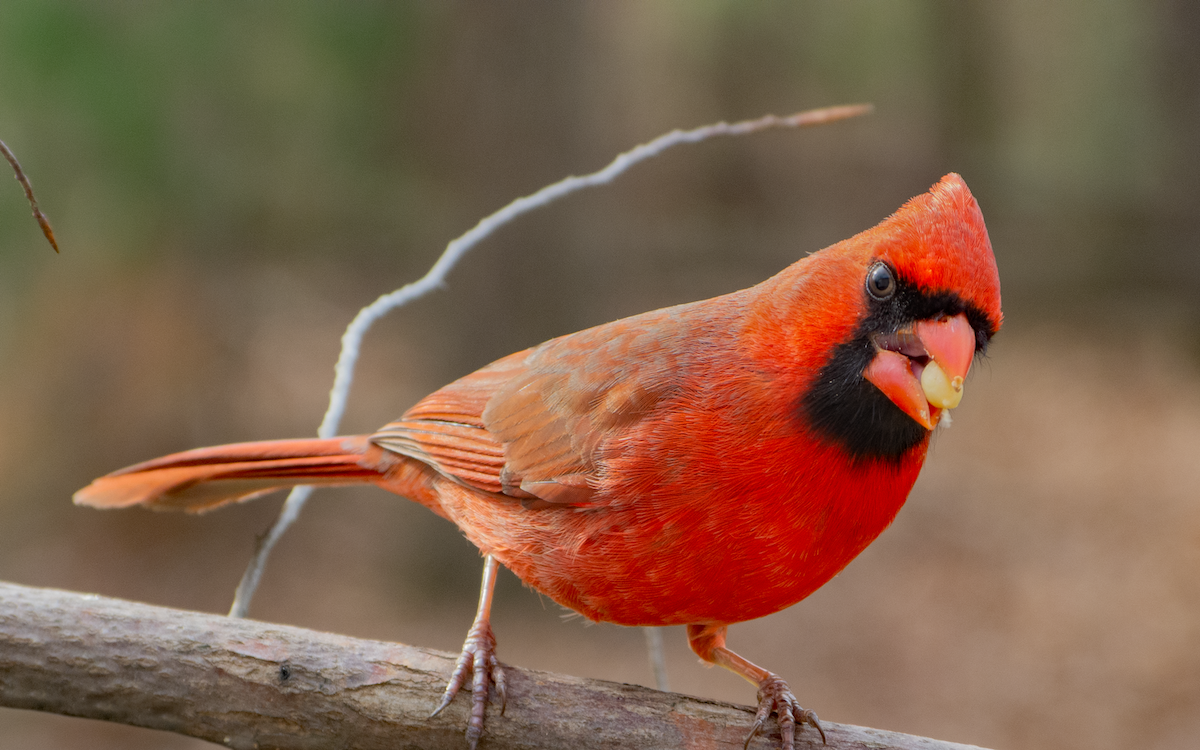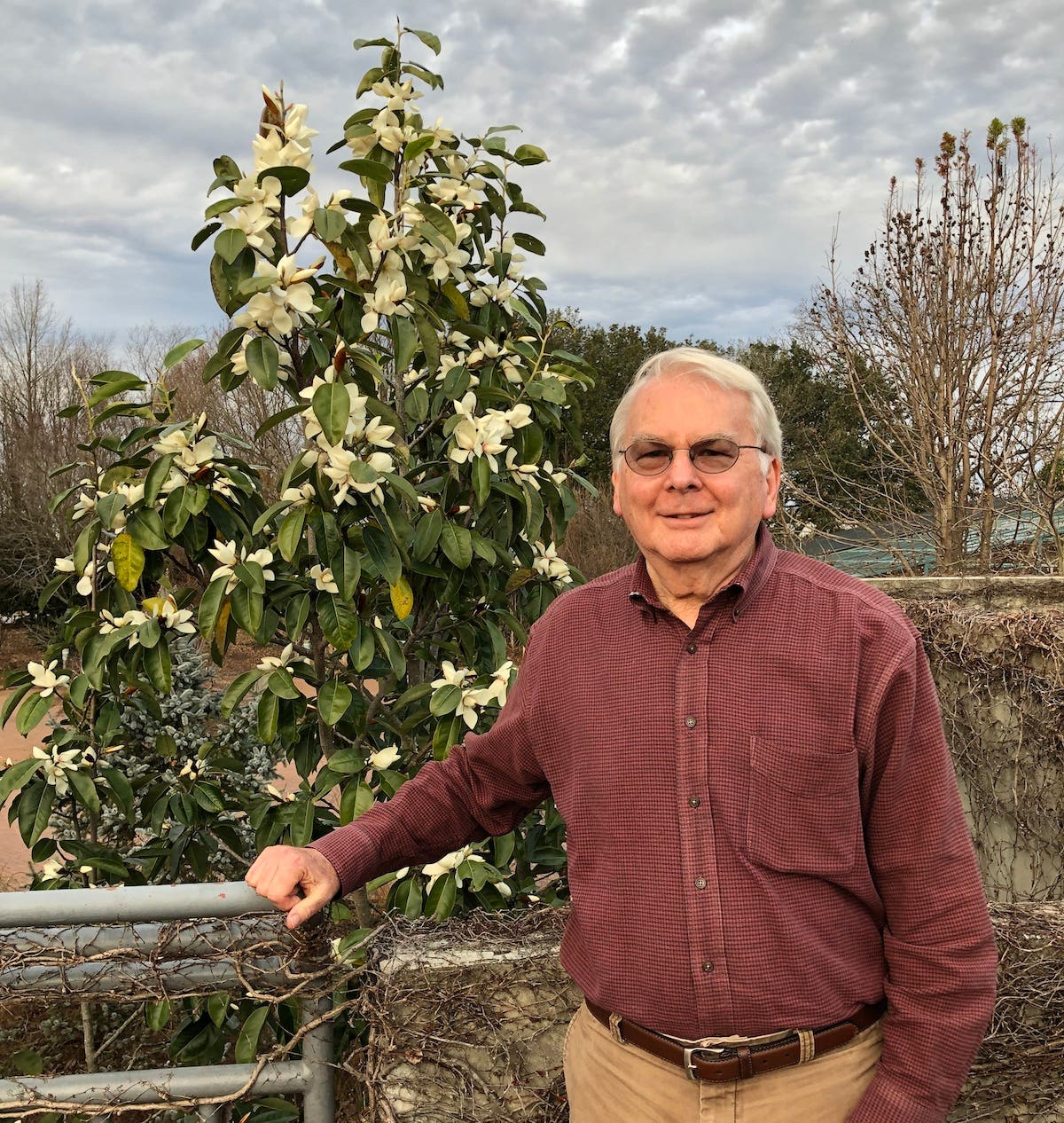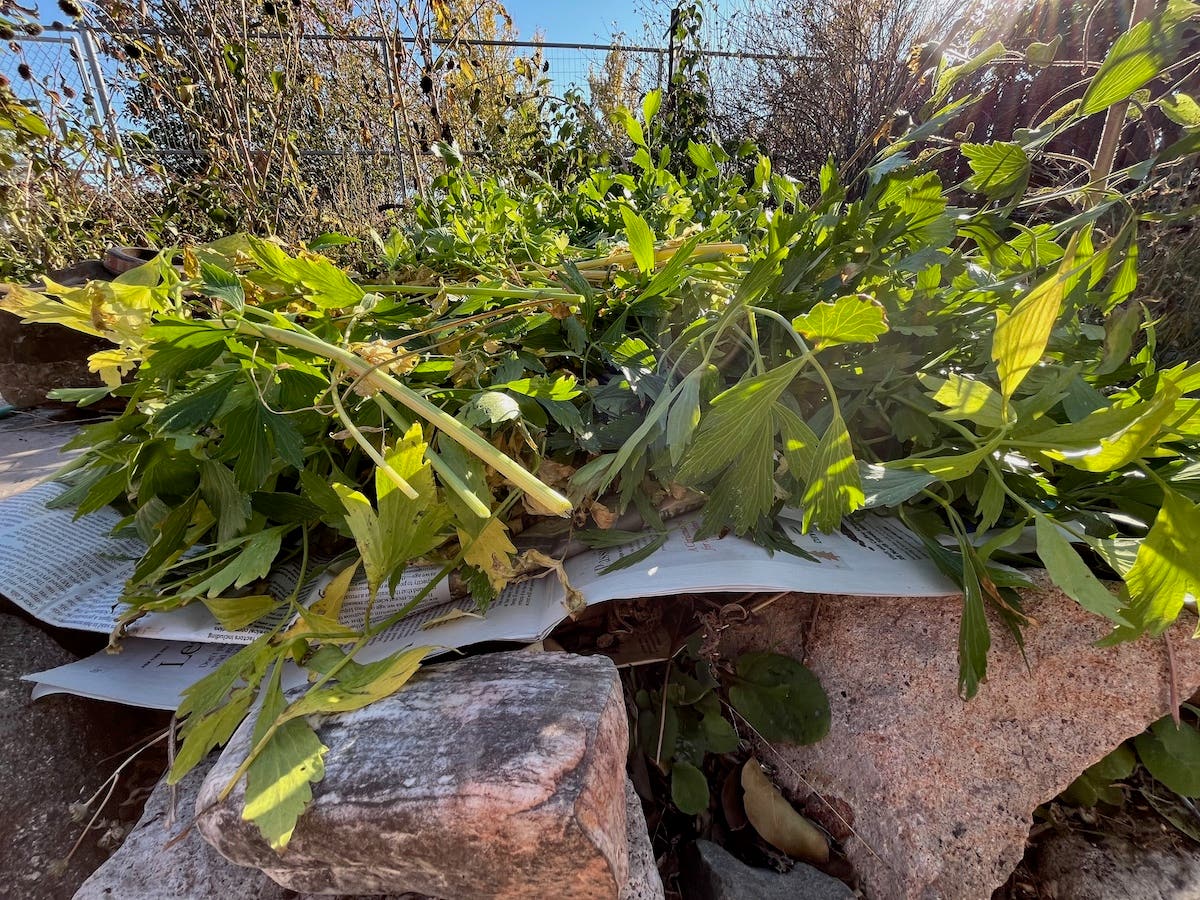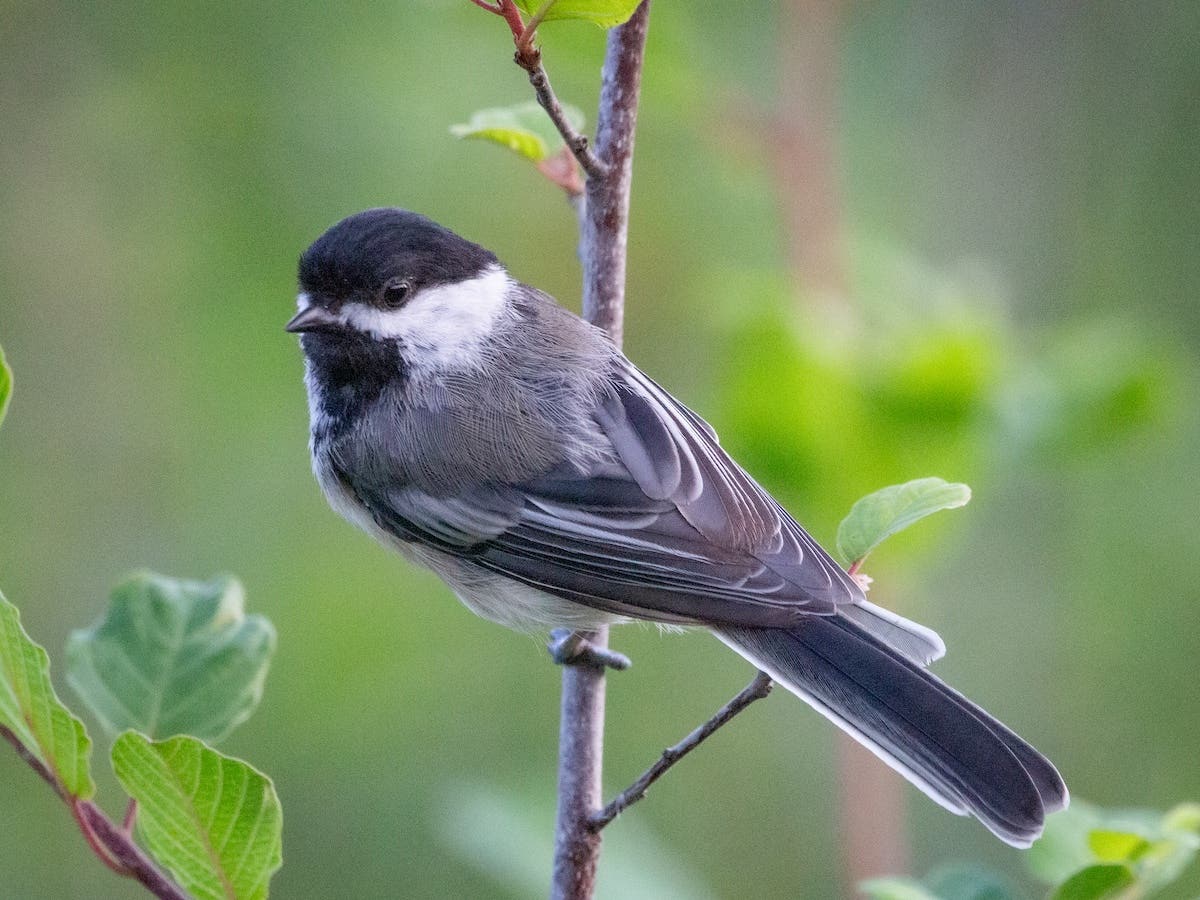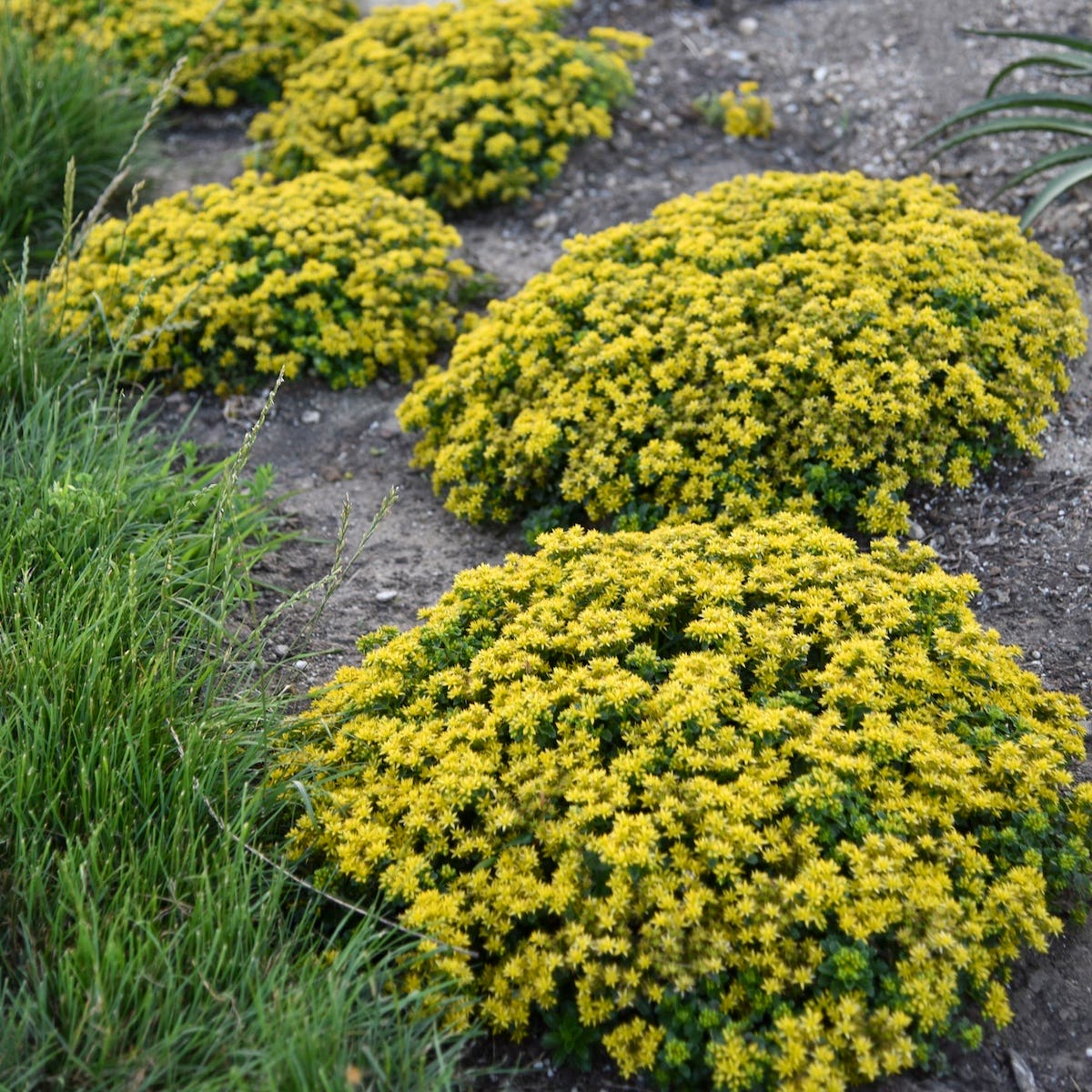Book Review: The Earth Moved: On the Remarkable Achievements of Earthworms
The Earth Moved: On the Remarkable Achievements of Earthworms by Amy Stewart 221 pages, softcover Algonquin Books, 2004 List price: $12.95 You may know Amy Stewart from her disturbing and…
The Earth Moved: On the Remarkable Achievements of Earthworms
by Amy Stewart
221 pages, softcover
Algonquin Books, 2004
List price: $12.95
You may know Amy Stewart from her disturbing and entertaining books, Wicked Plants and Wicked Bugs, where she presents information that might not be so well-known about our fellow inhabitants of Planet Earth. Fans of Stewart’s work have come to love her style of sharing obscure and potentially dry information in a way that makes it interesting and frankly, addicting.
The Earth Moved is no different, and this time the subject is earthworms. Yeah, I know. What could possibly be interesting enough about an earthworm that would make the everyday reader want to buy such a book? Apparently, enough that the publisher has reissued the 2004 book this year (with new resources), at a time when vermiculture is on the rise. Raising your own earthworms for castings (worm poop) as a soil amendment is gaining in popularity nearly as quickly as having your own backyard chickens.
Admittedly, I’m a trivia buff when it comes to little known facts about anything remotely to do with gardening. But I didn’t have high expectations that this book had enough to hold my interest all the way through to the end. Au contraire.
Earthworms are utterly fascinating. There are humorous moments, such as this passage, which speaks of the regenerative abilities of the earthworm, that left me giggling with mental visual images:
"Eisenia fetida … can regenerate after multiple amputations. We know this because researchers have cut the same segments off five or six times and watched them regenerate each time. Some worms have even suffered thirty or forty amputations and regrown segments.
This phenomenon has led some researchers to experiment with transplanting heads or tails from one worm onto another. Like circus animals, the worms oblige and continue to perform. You can cut a tail off and suture it to the head of another worm, and within a couple of weeks, the intestines and nerves will join together and work properly, even if the two ends are rotated at a forty-five-degree angle to one another and then joined. You can take a head from one, a tail from another, and a middle section from a third, suture them all together in the correct sequence, and get one complete worm. Two worms can be stitched together side-by-side, like conjoined twins, and soon they’ll grow together and function normally. I’ve even heard that the first and last segments of a worm can be nicked off and head and tail joined together, so that the worm forms an O. (Admittedly, the worm would not live long in the shape of infinity, with no ability to eat or excrete castings.) The tails from two different worms can be sutured together and the resulting creature can live quite a while, but a worm made from two heads will never be quite right and won’t live long."
Remarkable, no? But this is not the most amazing thing, of course, that the earthworm is capable of. The facts presented, regarding the importance of the earthworm to life here on earth, are nothing short of astounding. Consider the ability of the earthworm to filter toxins from their (and our) environment. The far-reaching effects of this are demonstrated by robins.
Back when DDT was used, it was sprayed to control mosquitoes. The DDT remained on the leaves of some trees. In the fall, the leaves fell to the ground, decomposed and were consumed by the earthworms. Though the worms survived the high concentration of DDT in their bodies, many of the robins that consumed the worms did not. Of those birds that did survive, many did not lay eggs the following spring. Who could have guessed the string of events that would lead to these unfortunate consequences?
This is an eye-opening book for many reasons and if the length of this review (my longest, to date) is any indication of my impression of it, you know it's a book that I highly recommend to those who are fascinated by how our natural world works as an ecosystem. Something so seemingly insignificant as the earthworm, isn't at all.
Amy Stewart is the author of five books on the perils and pleasures of the natural world. She lives in Eureka, California, where she and her husband own an antiquarian bookstore called Eureka Books.
When she's not writing books or traveling to do research, she's on the road speaking to audiences at garden clubs, bookstores, botanical gardens, libraries, and universities. She's even started doing "virtual" author visits by webcam or videoconference. Visit her website at www.amystewart.com.
Read more garden book reviews.
Read Kylee Baumle’s blog, Our Little Acre.



